Caledonia State Park
Introduction
Text-to-speech Audio
Images
This is an old photo of a visitor’s center in Caledonia State Park (Lincoln Highway Experience).

Taken in 1903, this photo shows the forested area of the state park along with the road that is still used today, the Lincoln Highway. Thaddeus Stevens’ Blacksmith Shop is on the left, while the office of the iron furnace is on the right.
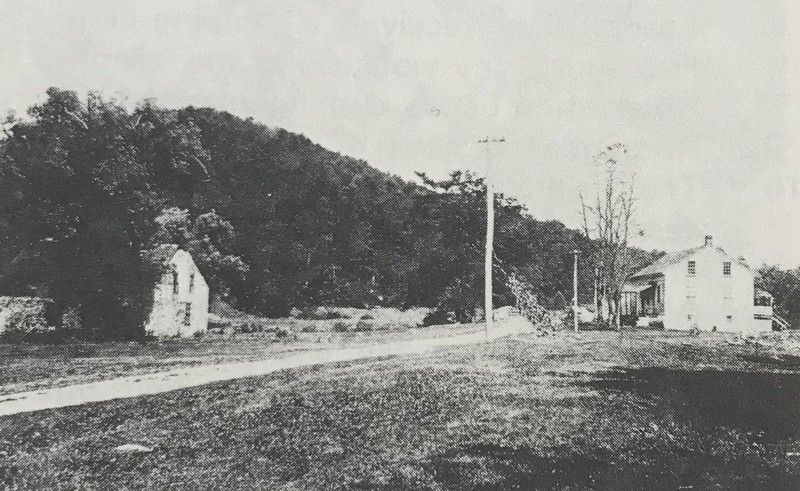

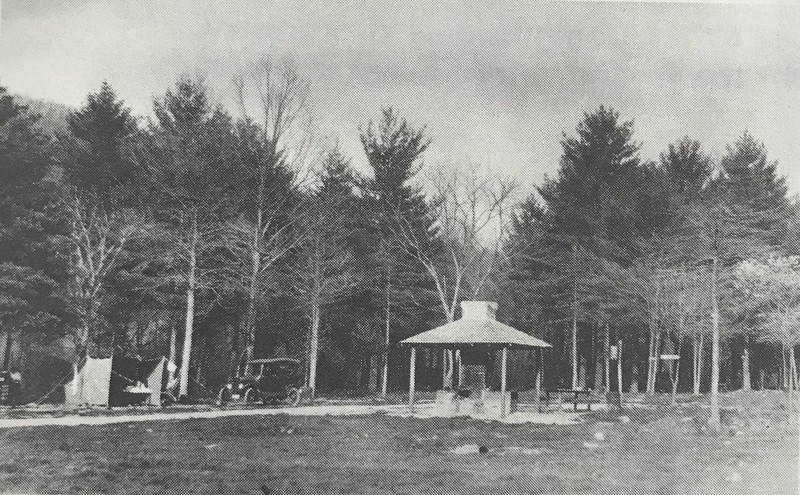
This is a picture of Caledonia State Forest Park's public campground, taken in May of 1924 (Lincoln Highway Experience).
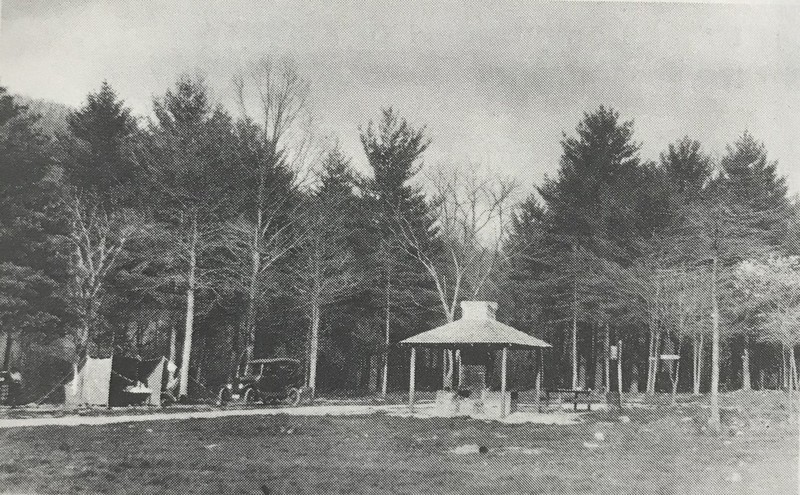
This is a creek at Caledonia State Forest Park (Image from stateparks.com).
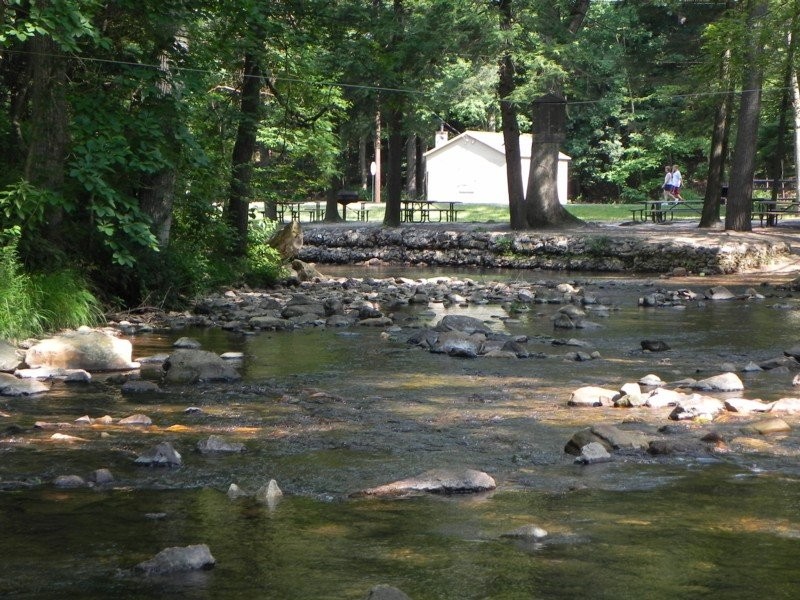
A reconstruction of Thaddeus Stevens' iron furnace can be found at the park (Image from stateparks.com).
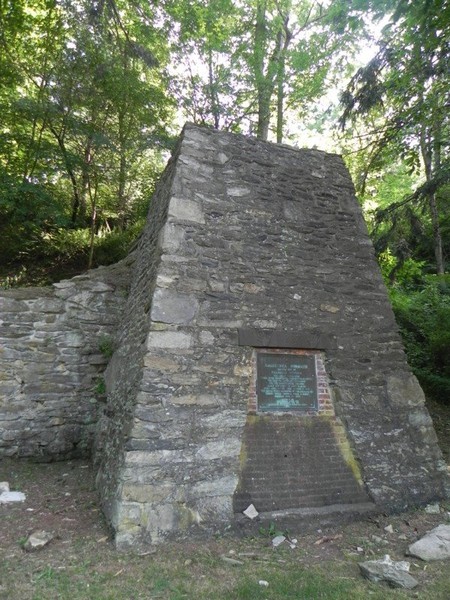
Backstory and Context
Text-to-speech Audio
Caledonia State Forest, one of Pennsylvania's beautiful forests, has a rich and detailed history. The forest's name can be traced back to a nineteenth century iron furnace built by Thaddeus Stevens. Born in Caledonia County, Vermont, in 1792, Thaddeus Stevens grew to be a successful lawyer and entrepreneur. During the Civil War, Stevens was a persistent abolitionist fighting for the rights of enslaved African Americans. Before Stevens entered politics, former President James Buchanan persuaded him to become a politician. However, Stevens refused to until he found a suitable political party for his beliefs and ethics. As an entrepreneur, he built an iron furnace in Pennsylvania and called it Caledonia after his birthplace. The Caledonia Iron Forge lasted until 1863, when it was destroyed by Confederate soldiers in order to slow the Union’s industrial progress and the abolition process. The night before the infamous Battle of Gettysburg, General Jubal Early decided to have the iron furnace destroyed, thus ordering his men to do so. During the battle, the large spaces of land around the destroyed iron furnace were utilized as field hospitals, where doctors and nurses administered medicine to those who suffered injuries while fighting.
After the Civil War finally ended, the furnace was rebuilt and in operation until the land was sold to the Commonwealth of Pennsylvania in 1902. The Chambersburg and Gettysburg Trolley Company then bought the land, adding amusement park rides for entertainment to Battlefield tourists. In fact, the Trolley Company became a huge tourist destination for those visiting the Battlegrounds of Gettysburg. Later in 1922, a golf course was added but has since then been removed. The Civilian Conservation Corps hired many unemployed men to build facilities and roads which are still used today at Caledonia State Park.
Caledonia State Park, which stands in replacement of Caledonia Iron Forge, is located on the Lincoln Highway between Chambersburg and Gettysburg. This park is made up of 1,125 acres and resides in the South Mountain of the Blue Ridge Mountain. The state park is always open, though facilities close at dusk. Here, there are many activities for people of all ages. One example is the Totem Pole Playhouse, a theater that holds productions for children. Another is the park’s unique Sunday School, which was founded by two families vacationing at the park who wanted their kids to be able to attend church. Each year in July, an arts and crafts festival is held and individual artists are able to display their work. Camping, fishing, swimming, hiking, and hunting are all activities available to campers. This special area off the Lincoln Highway offers many opportunities to connect with nature, religion, art, and history, for people of all ages.
Cite This Entry
Curtin, Pamela, Crystal Krznaric, and Pamela Curtin. "Caledonia State Park." Clio: Your Guide to History. April 27, 2020. Accessed April 5, 2025. https://theclio.com/entry/78238
Sources
“CALEDONIA STATE PARK, PA.” Pennsylvania State Parks, pennsylvaniastateparks.reserveamerica.com/camping/caledonia-state-park/r/campgroundDetails.do?contractCode=PA&parkId=880303.
“Caledonia State Park.” Pennsylvania Department of Conservation and Natural Resources, www.dcnr.pa.gov/StateParks/FindAPark/CaledoniaStatePark/Pages/default.aspx.
“Caledonia State Park.” Pennsylvania Department of Conservation and Natural Resources, www.dcnr.pa.gov/StateParks/FindAPark/CaledoniaStatePark/Pages/default.aspx.
Kailing Mei. “Influence of Ecological Ideology on the Design of Urban Parks in the United States—Taking New York Central Park as an Example.” Agricultural Science & Technology, vol. 18, no. 10, Oct. 2017, pp. 1975–1978. EBSCOhost, search.ebscohost.com/login.aspx?direct=true&db=aph&AN=126386322&site=ehost-live.
Lawhon, Ben, et al. “Understanding and Influencing State Park Visitors’ Leave No Trace Behavioral Intent.” Journal of Interpretation Research, vol. 22, no. 1, Jan. 2017, pp. 53–71. EBSCOhost,search.ebscohost.com/login.aspx?direct=true&db=ehh&AN=124410720&site=ehost-live.
Ross-Bryant, Lynn. “Spirituality and the State: Making Nature and Experience in America’s National Parks.” Journal for the Study of Religion, Nature and Culture, vol. 11, no. 3,2017, pp. 386–388. EBSCOhost, doi:10.1558/jsrnc.32151.
Walker. “Caledonia State Park.” Pennsylvania State Parks, StateParks, www.stateparks.com/caledonia.html.
Wu, Joanna X., et al. “Projected Avifaunal Responses to Climate Change across the U.S. National Park System.” PLoS ONE, vol. 13, no. 3, Mar. 2018, pp. 1–18. EBSCOhost, doi:10.1371/journal.pone.0190557.

